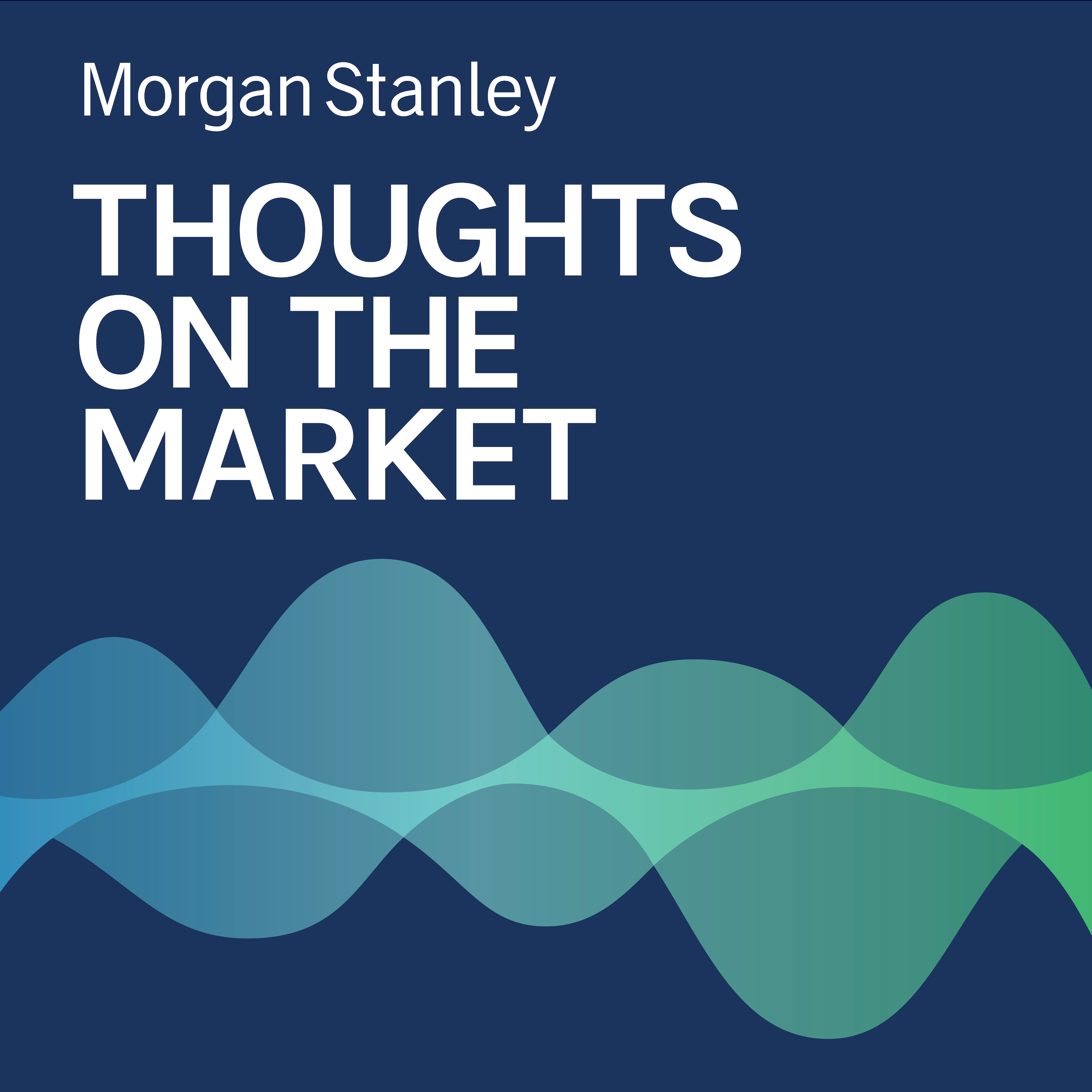Andrew Sheets: Finding Order in Market Chaos

b'
2022 is off to a rocky start for markets, but there is an organization to this downturn that is unlike recent episodes of market weakness, meaning investors can use tried-and-true strategies to bring order to the chaos.
-----Transcript-----
Welcome to Thoughts on the Market. I\'m Andrew Sheets, Chief Cross-Asset Strategist for Morgan Stanley. Along with my colleagues bringing you a variety of perspectives, I\'ll be talking about trends across the global investment landscape and how we put those ideas together. It\'s Friday, May 20th, at 3 p.m. in London.
There are a lot of ways to describe the market at the moment. One that I\'m increasingly fond of is "organized chaos".
Chaos because, well, the year is off to a historically bad start. Year to date, the S&P 500 is down about 20%. The U.S. aggregate bond index is down about 9%. And almost every asset class that isn\'t commodities has posted negative returns. This weakness has been both large and relentless. For the stock market, it\'s been seven straight weeks of losses.
Yet all of this weakness has also been surprisingly organized. The worst performing parts of the stock market have been the most expensive, least profitable parts of it. After being unusually low for a long time, bond yields and credit spreads have risen. After outperforming to an extreme degree, growth stocks and U.S. equities are now lagging. Indeed, if you don\'t know how a particular asset class has done this year, "moving closer to its long run valuation average" is a pretty good guess.
So as difficult as 2022 has been, many tried and true strategies are working. Rules based approaches, also known as systematic strategies, have in some cases been performing quite well. Relative value strategies, which trade within an asset class based on relative valuation, yield, momentum or fundamentals, have been working unusually well.
That\'s different from four prior episodes that saw similar or greater weakness than we see today. Those episodes being the global financial crisis of 2007 to 2009, the European sovereign crisis of 2011 and 2012, the volatility shocks of 2018 and Covid\'s emergence in 2020. Each of these four instances were notable for being disorganized, stressed, with very unusual movements below the market surface.
Why does this matter? First, it suggests that investors should move toward relative value in this environment, which has been working, rather than taking large directional positions.
Second, it suggests that this downturn is different from those that we\'ve known since 2008. It is still difficult, but it is more gradual, less stressed, and more about specific debates around growth and risk premiums, than existential questions such as whether the banking system or the European Union will survive. While that difference has many potential implications, one specific one is that it\\u2019s less problematic for high quality credit, which did unusually poorly during these more recent crises, but which we think will do better this time around.
Thanks for listening. Subscribe to Thoughts on the Market on Apple Podcasts or wherever you listen and leave us a review. We\'d love to hear from you.
'